
¨ Home ¨ People ¨ Research ¨ Publications ¨ Teaching ¨ CV ¨
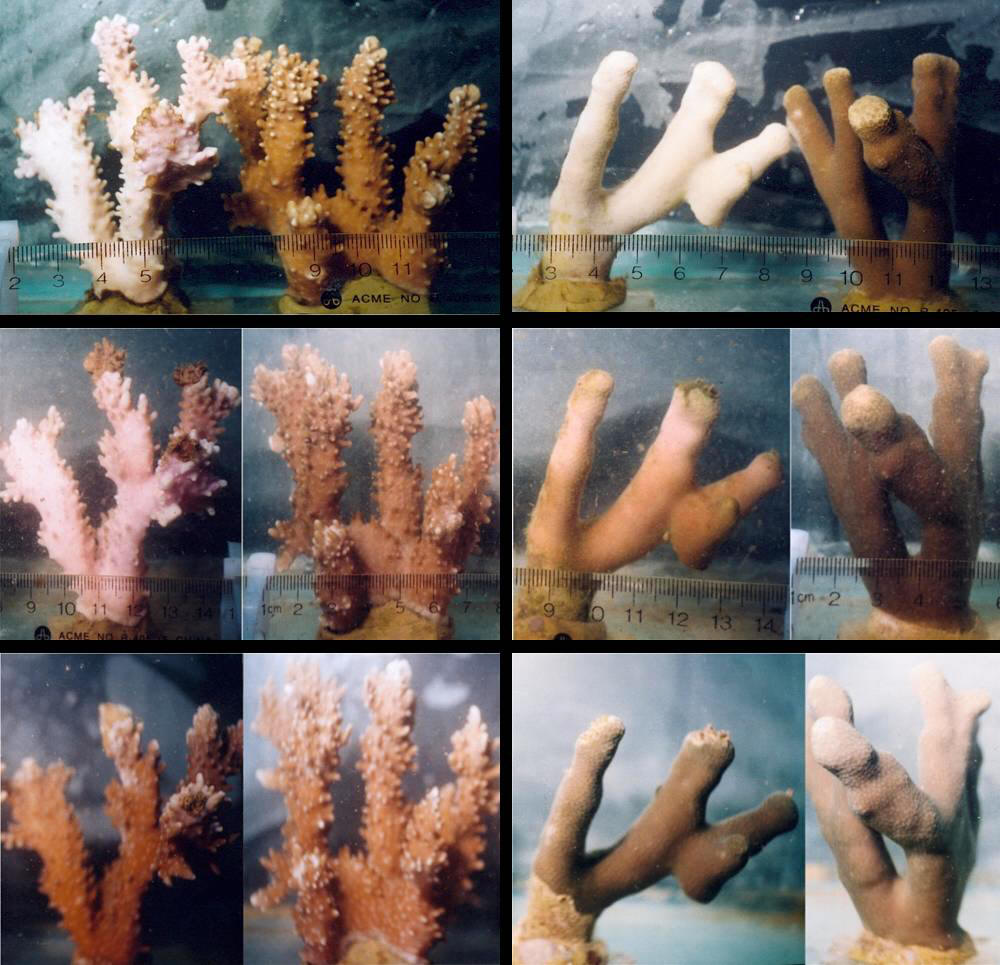
Physiology of Bleached and Recovering Corals
My most recent research has experimentally evaluated the relationship among energy reserves and coral metabolism after coral bleaching and during recovery in two common Hawaiian coral species, Montipora capitata (left) and Porites compressa (right). For this study, fragments of both species were maintained in tanks at the Hawaii Institute of Marine Biology at warm (30ēC) and normal (27ēC) seawater temperatures. Analyses were made after one month in the tanks (top), 1.5 months recovery (middle), and 4 and 8 months recovery (bottom).
Coral
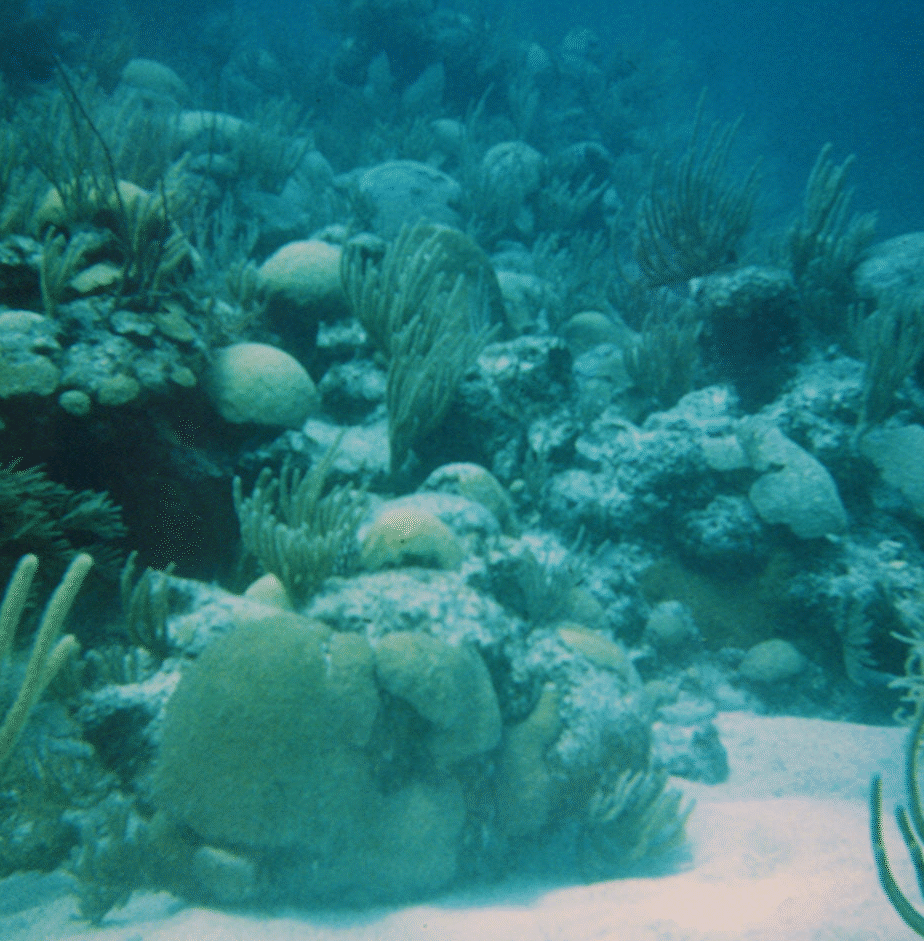 Biogeochemistry
Biogeochemistry
Physiological variability in corals can be further verified by stable carbon, oxygen, and nitrogen isotopic analyses of the coral skeleton, host, and symbiont. Host and symbiont stable isotopic carbon and nitrogen values indicated that M. capitata relied on heterotrophy whenever photosynthesis was not available, while P. compressa relied solely on photosynthesis. Analyses of carbon and oxygen isotopes from coral skeleton has experimentally shown that bleached and recovering corals do not accurately record bleaching events, as previously expected. Stable isotopes in corals are unlikely to be a useful record of past severe bleaching events due to slowed rates of calcification.
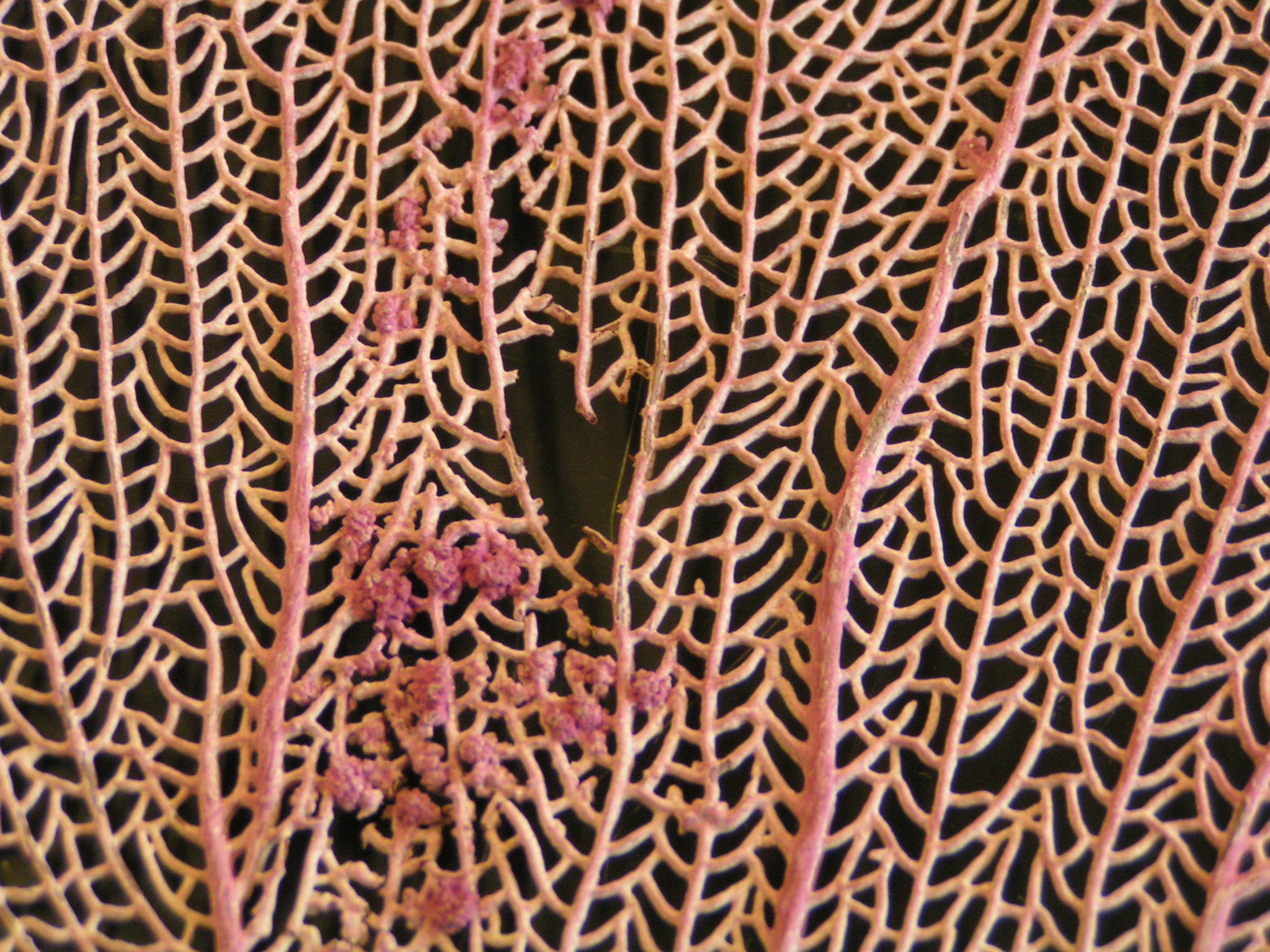 Coral
Diseases
Coral
Diseases
Like all organisms, corals are also susceptible to disease. I have been studying the importance of energy reserves (primarily lipids) in diseased Gorgonia ventillina (purple sea fan) affected by the fungus, Aspergillus sydowii. I am currently working with Dr. David Velinsky of the Patrick Center for Environmental Research in Philadelphia to analyze diseased and healthy portions of these colonies for stable carbon and nitrogen isotopes.
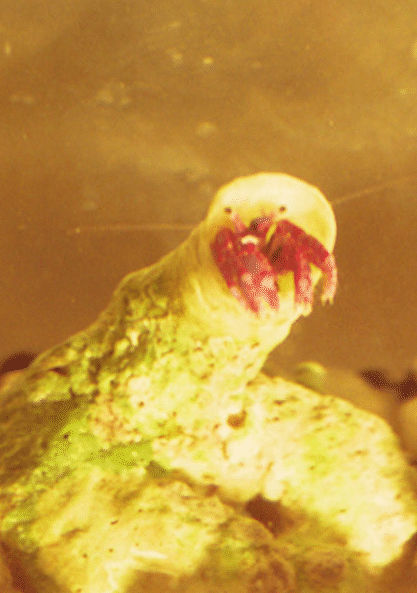
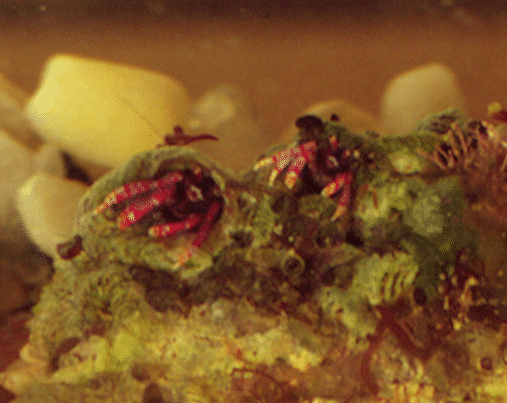
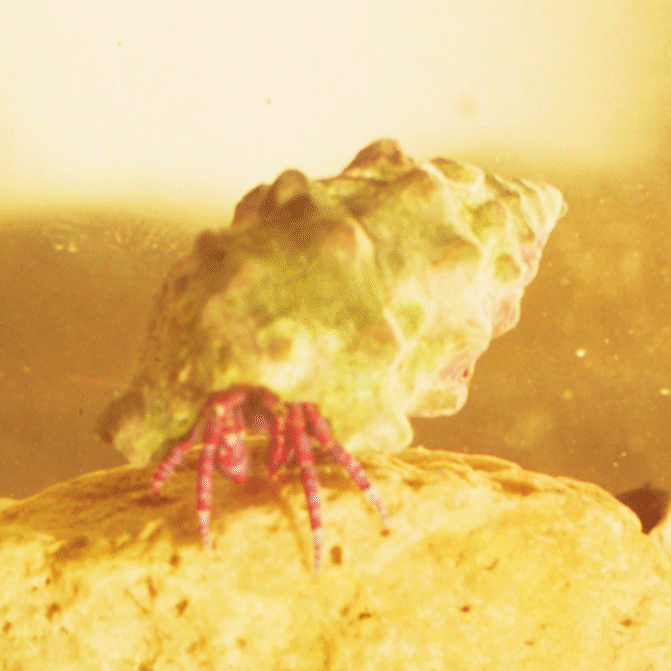 Shelter
Use in Calcinus verrilli
Shelter
Use in Calcinus verrilli
An interesting hermit crab that is endemic to Bermuda and inhabits both mobile gastropod shells (left)and fixed gastropod tubes (middle, right).
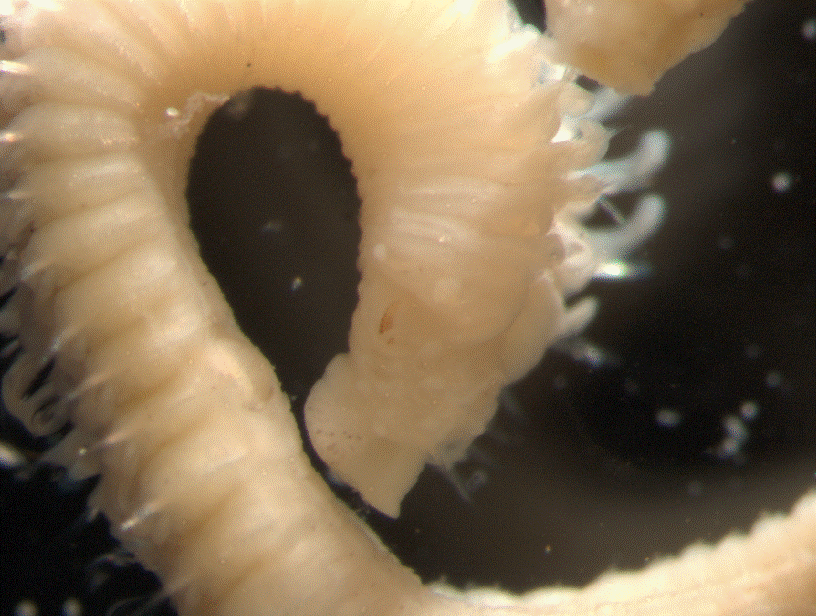
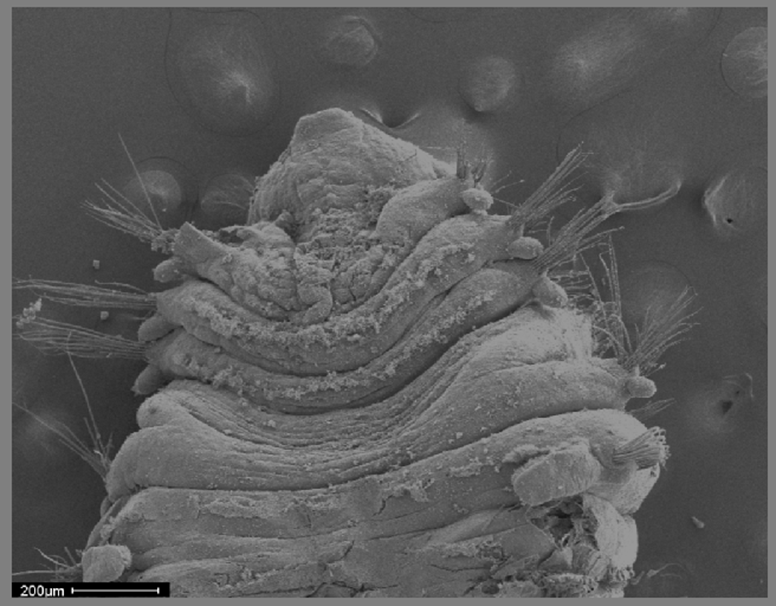 A
New Polychaete for Bermuda
A
New Polychaete for Bermuda
Some C. verrilli living in shells have a roommate! A new polychate species in the genius Polydora. I am currently working with Dr. Norm Dollahon of the Department of Biology to produce scanning electron microscope images of the new species.
Terrestrial
Biodiversity in Bermuda
I am working in collaboration with Dr. Anne Glasspool and the Bermuda Biodiversity Project to analyze the database. We are particularly interested in the changing relationship between endemic and invasive terrestrial species.
Photograph from the cover of the Bermuda Country Study (2001).
See the Strategy and Action Plan website.